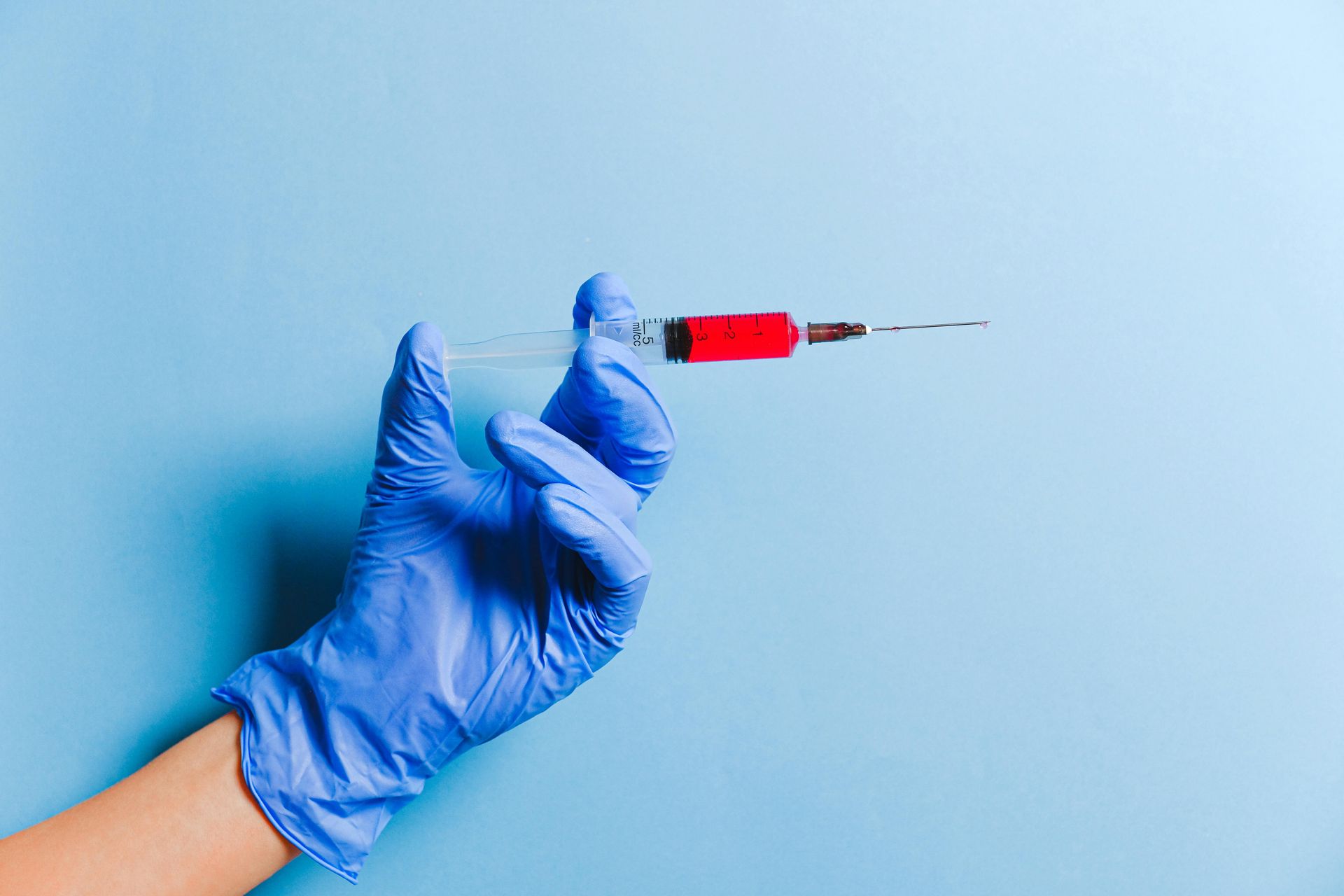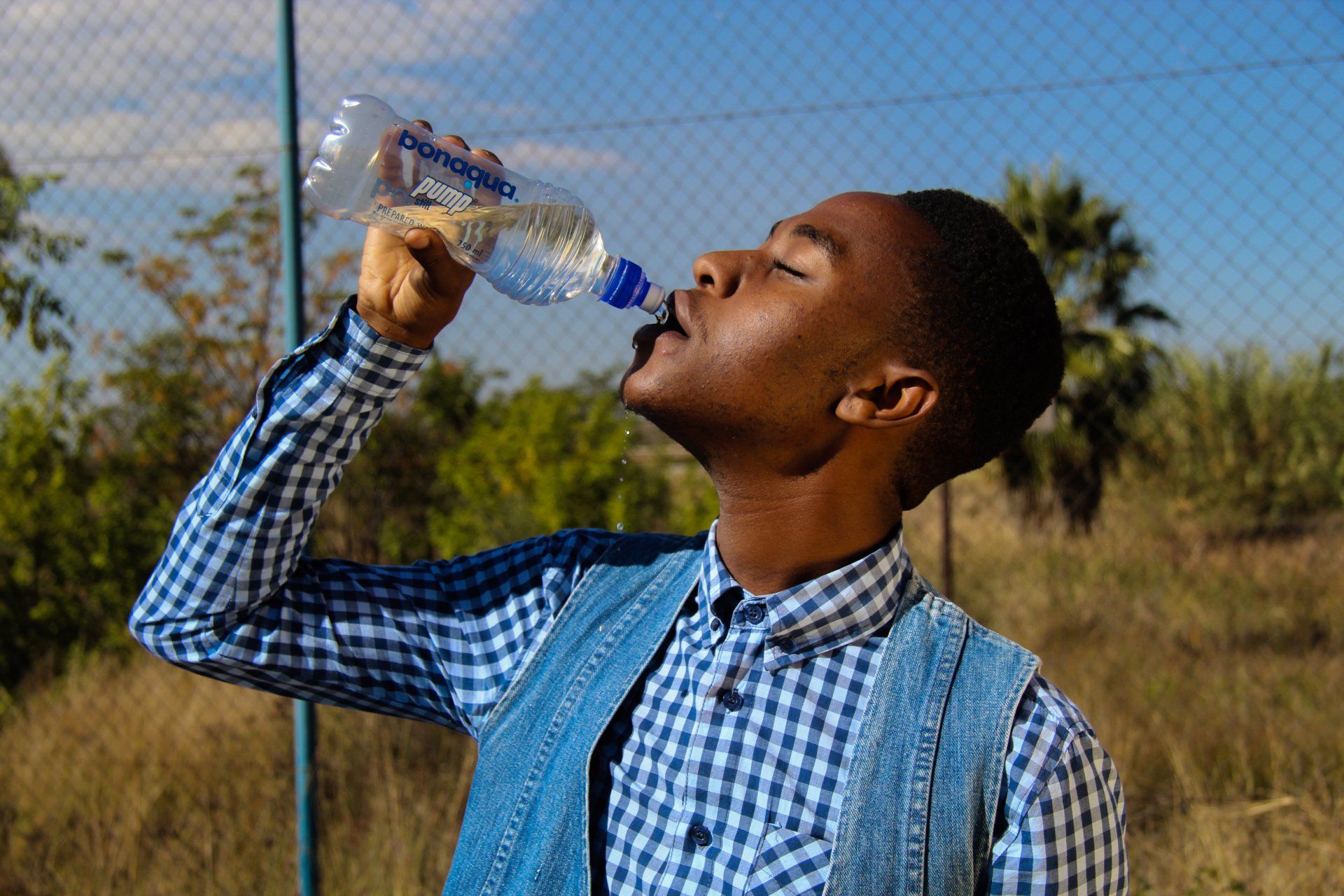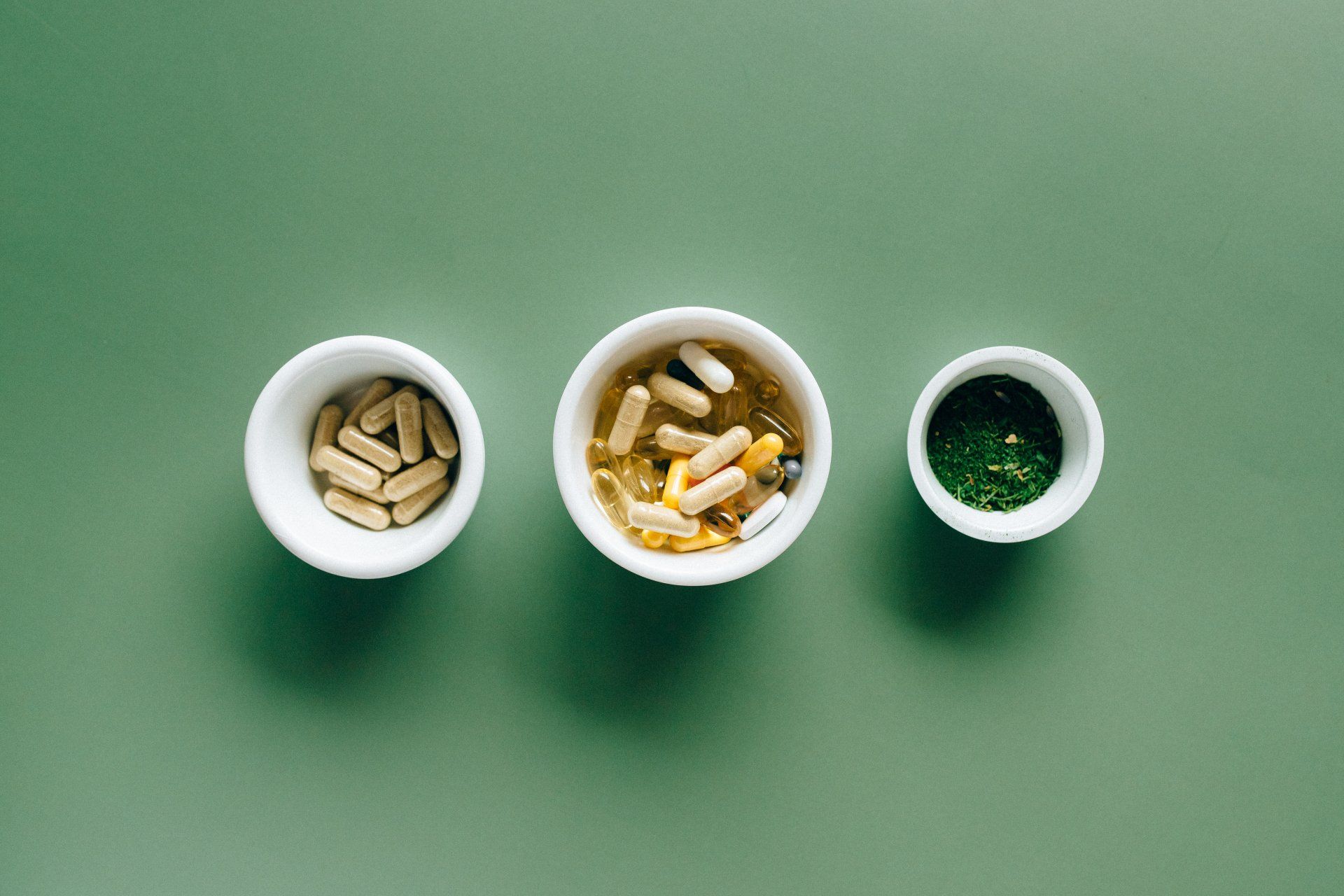By Kristina Van Winkle
•
October 7, 2024
A Comparative Overview for Pain Management Steroid injections and Platelet-Rich Plasma (PRP) injections are two commonly used pain management treatments. While both aim to alleviate pain and promote healing, they have different mechanisms of action and long-term effects . What Are Steroid Injections ? Corticosteroids are potent drugs used extensively across various medical fields to manage a broad spectrum of conditions, making them one of the most widely prescribed drug classes in the world. They can be administered via nearly every route, including direct injection into painful or inflamed joints. "Corticosteroids" typically refers to the class of drugs that produce glucocorticoid effects. Glucocorticoids are stress hormones that regulate numerous physiologic processes within the body. They have vasoconstrictive, immunosuppressive, and anti-inflammatory effects and play a role in metabolism. What do steroid injections treat? Corticosteroids function by suppressing the immune system and reducing inflammation within the body. They inhibit the production of the body's pro-inflammatory chemicals, leading to decreased inflammation and, consequently, pain. They are prescribed for hundreds of medical conditions, including: Allergic and autoimmune disorders Adrenocortical secretion disorders Infections and inflammation Pathologic hypoglycemia Organ and graft rejections Neurological disorders Hypercalcemia Blood disorders Skin disorders Shock What are the side effects of steroid injections? Although steroids are known to some as “wonder drugs,” they impact various bodily systems, including metabolism, water and electrolyte balance, the central nervous system, and blood cells. As a result, they are associated with many adverse side effects, especially when administered in large doses or over extended periods. Adverse effects may occur in up to 90% of individuals who take them for longer than sixty days. These side effects may include: Suppression of the hypothalamic-pituitary-adrenal axis Gastrointestinal disturbances Osteoporosis and fractures Psychiatric disturbances Carpal tunnel syndrome Cardiovascular disease Immunosuppression Cushingoid features Hyperglycemia Skin disorders Glaucoma Myopathy Cataracts Diabetes The risk of adverse side effects is particularly high when taken systemically. However, side effect occurrences vary when administered as local injections for pain management. Data indicates that steroid injections into joints and the spine can produce systemic effects that can last for weeks. When assessing the risk factors associated with steroid injections, healthcare providers must consider all types and doses of steroids the person is taking, including both oral and injectable forms. Additionally, special caution is advised for certain populations, such as those who may undergo surgery soon, postmenopausal women, and individuals with diabetes. What is Platelet-Rich Plasma (PRP) ? Platelet-rich plasma (PRP) injections use an individual's own blood to promote cellular regeneration. Through the extraction and reinjection of platelets, growth factors, and other bioactive proteins from the person's blood, PRP therapy offers long-lasting improvements, sustained pain relief, and enhanced tissue function. What do PRP injections treat? PRP injections can stimulate healthy cell growth, reduce inflammation, promote tissue repair, form new blood vessels, rejuvenate the skin and hair, and accelerate recovery after a traumatic injury. It can treat a wide range of conditions, including: Pain resulting from traumatic injury or degenerative conditions such as arthritis and chronic back pain Musculoskeletal conditions Tendinopathies and tears Compressive neuropathy Scars and stretch marks Osteochondral lesions Rheumatoid arthritis Erectile dysfunction Muscular injuries Plantar fasciitis Vaginal atrophy Osteoarthritis Epicondylitis Infertility Psoriasis Wounds Bursitis Vitiligo What are the side effects of PRP? Since PRP is derived from the person's own blood, the risk of allergic reactions or rejection is significantly lower compared to other injectables, such as steroids. PRP typically does not cause major side effects, though you may experience some soreness or bruising at the injection site. In rare cases, potential side effects may include: Tissue damage Nerve injuries Bleeding Infection Comparison of Steroid Injections and PRP Injections A study in the Journal of Orthopaedic Surgery and Research compared steroid injections with PRP injections in patients with mild to moderate symptomatic knee osteoarthritis (OA). The findings indicated that both treatments were safe and effective in improving short-term pain and functioning, with no significant differences observed. However, PRP therapy demonstrated superior outcomes in the long term, with benefits extending up to one year. Additionally, a literature review in Cureus Journal of Medical Science analyzed multiple studies comparing steroid injections with PRP in lumbar spondylosis and sacroiliac arthropathy. The review found that PRP was equally as effective, if not superior, to steroid injections in the short term. Neither treatment was associated with major complications, and there were no significant differences in minor complications between the two. The review concluded that both PRP and steroid injections are safe and effective for treating lumbar spondylosis and sacroiliac arthropathy, with some evidence that PRP may offer more benefits in the long term. Research has confirmed that both steroid and PRP therapy are valuable options for pain management and tissue healing. Steroid injections offer potent anti-inflammatory benefits that can provide immediate relief. However, their systemic side effects and limited duration of efficacy should be carefully considered, especially in high-risk populations. While PRP may take longer to show results, its long-term benefits make it an increasingly popular choice for treating various conditions. Ultimately, the choice between these treatments should be based on the specific needs of the individual patient, with careful attention to the patient's medical history. Thank you for reading the Write Shift RN blog. If you need an experienced RN writer for your health or healthcare educational content, contact me !












